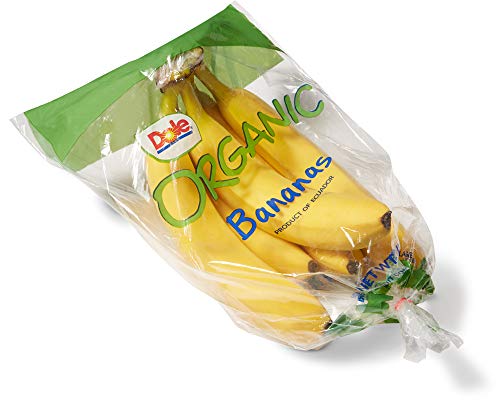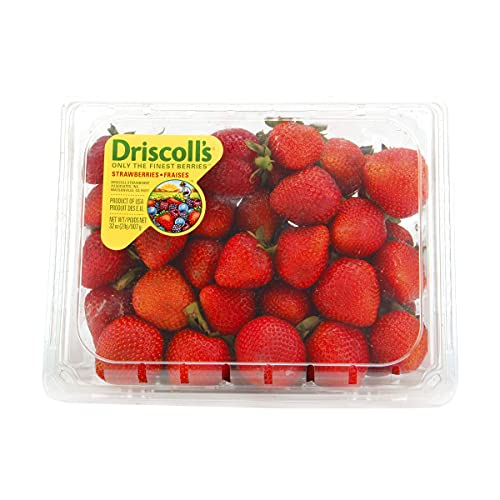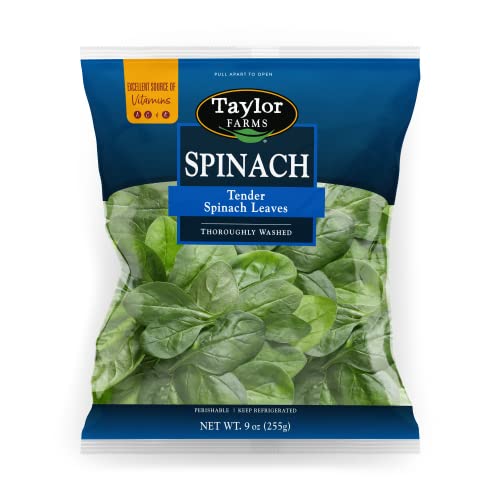Grocery shopping can be confusing sometimes.
Springtime is just around the corner, and that means a whole new selection of seasonal produce will fill up the shelves in the market. Many of the products will be labeled “organic”, and you may be wondering what the difference between organic and conventional (non-organic) is. Let me explain.
The term “organic” is regulated by the USDA. It can apply to produce, as well as meat, dairy, eggs, grain products, and even sugar. It can also apply to products that are processed, as long as the individual ingredients used are organic. If you see the USDA organic seal on a product, that means at least 95% of the product is made of organic content.
To use the title “organic”, farmers and ranchers must adhere to strict and specific standards in their agricultural and handling practices. According to the USDA, sewage waste, genetic engineering, and synthetic fertilizers are among the agricultural practices that are prohibited. Instead, they may use alternative methods of production that aim to conserve the biodiversity of soil or promote environmentally sustainable practices. Due to these strict standards, organic products may end up being more costly for us as consumers.
So does an organic label automatically mean healthy?
Not necessarily. For example, let’s imagine an organic protein bar that is high in added sugar content. We know that it is recommended to limit added sugar, and this is regardless of whether that sugar was produced organically or not. Either option will have the same negative effects on our health.
At this time there is not an abundance of long-term research on the effects of organic vs. conventional products on the incidence of chronic disease. Conventional and organic products will both have equal macronutrient values (fat, protein, carbohydrates). Some research indicates there may be variability between micronutrient content, aka vitamins and minerals. A 2014 study concluded that organic crops may have higher levels of some antioxidants and polyphenols. These compounds are linked to reducing the risk of some cancers and chronic diseases.
A separate study found that organic meat, milk, and dairy may have slightly higher concentrations of heart-healthy omega-3 fatty acids. However, conventional dairy may have increased amounts of the micronutrients selenium and iodine compared to their organic counterparts. In the U.S., this may not mean much as iodine and selenium deficiencies are rare. Many more studies are needed on the health effects of the two agricultural methods.
So, what’s the bottom line?
If organic products are within your budget, they can be a great way to support more sustainable agricultural practices, and there may be some benefit to your health compared to conventional products. But don’t let the label fool you! Just because a product says organic, it does not mean it is a healthy choice. If organic products fall outside your budget, don’t worry. It is more important to consume a diet with a variety of nutrients such as fruits, vegetables, whole grains, and legumes. I recommend reaching for foods that are in season to get the most bang for your buck nutrient-wise, regardless of whether or not it is found in the organic section.
- USDA Certified organic: understanding the basics (n.d.). Usda.gov. Retrieved February 22, 2023.
- Baranski, M., Srednicka-Tober, D., Volakakis, N., Seal, C., Sanderson, R., et al. (2014). Higher antioxidant and lower cadmium concentrations and lower incidence of pesticide residues in organically grown crops: a systematic literature review and meta-analyses. The British Journal of Nutrition, 112 (5):794-811.
- Srednicka-Tober, D., Baranski, M., Seal, C., Sanderson, R., Benbrook, C., et al. (2016). Composition differences between organic and conventional meat: a systematic literature review and meta-analysis. The British Journal of Nutrition, 115(6): 994-1011.
- Seasonal produce guide. SNAP Education Connection. (n.d.). Retrieved March 6, 2023.




















Comments
Join The Conversation...